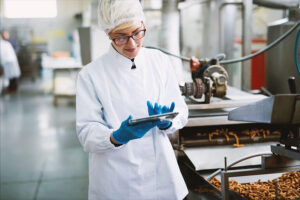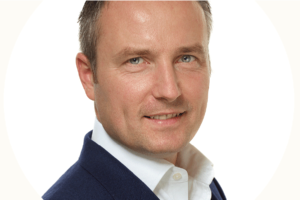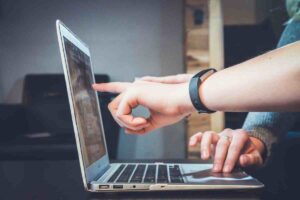 Software as a Service (SaaS) is growing in popularity in every industry. North America and the Asia Pacific have the highest growth rate in the SaaS market. A study by BetterCloud found that 73% of organisations said, ‘nearly all of their apps will be SaaS. The global SaaS market is expected to be worth $60.36 billion by 2023, while in India, it is forecasted to reach $20 billion by 2022. Why so much hype on SaaS?
Software as a Service (SaaS) is growing in popularity in every industry. North America and the Asia Pacific have the highest growth rate in the SaaS market. A study by BetterCloud found that 73% of organisations said, ‘nearly all of their apps will be SaaS. The global SaaS market is expected to be worth $60.36 billion by 2023, while in India, it is forecasted to reach $20 billion by 2022. Why so much hype on SaaS?
This blog explores the meaning of SaaS and discusses the advantages and problems of SaaS in the food services industry.
Meaning
SaaS technology is an online virtual tool that a person can use from anywhere. In technical terms, it is a cloud-based software that can be accessed through the internet. For example, Zomato offers a SaaS platform for food discovery and ordering while Zoho provides web-based business tools.
Several SaaS tools are entering the food services industry for applications in online reservation and food delivery. Restaurants are increasingly using SaaS for managing labour, inventory and customer relationships.
Advantages
The key benefits of using SaaS technology for restaurants and consumers are:
- Easy Online Access
When accessing a SaaS, restaurants and consumers do not need to install any software. It is available online as an application and needs minimal infrastructure and setup time. Furthermore, it speeds up restaurant activities as the internet is sufficient to get started with SaaS solutions anywhere, anytime.
- Low Costs
SaaS programs usually operate on a monthly or annual subscription fee for their users. Consumers can access it through smartphones while the only initial investment for restaurants would be purchasing computers and/or tablets. Lifetime costs are low as upgrades, new features and maintenance are done online. Furthermore, subscriptions can be cancelled if the product application does not meet expectations.
- Flexible
SaaS allow restaurants to make instant changes on the menu content. Upgrades, new features and debugging problems are done instantly through cloud servers. Restaurants can request for new features while upgrades improve existing ones without interrupting their daily activities. Consumers can provide feedback and avail new features on the SaaS applications (sometimes for a higher fee).
- Data Security
Firewalls on cloud-based platforms help in securing restaurant and consumer data effectively. For instance, information on payment data does not need to be saved on the system as SaaS have high-level encryption processes.
- Partnership with SaaS providers
Since solutions are built on a subscription model, SaaS providers are incentivized to keep improving functionalities and deliver customer support. Restaurants, consumers, and SaaS providers can work together in improving the software to create more benefits through a feedback system.
- Information Service
SaaS not only makes a task easier but also empowers consumers to make better decisions. Today, SaaS makes food ordering very easy, however, it does not address our body health needs. Can SaaS applications do that? We, at DineBerry, definitely think so!
Problems
Like any technology, SaaS has a few problems too. Do not worry, they are solvable!
- Control
The primary complaint is that SaaS takes away user control of their data. The risk of information on cloud servers being hacked has increased with 25% SaaS applications being targeted in 2021. Thus, SaaS providers must adopt multi-layered security in their data centres.
- Offline access
Access to the internet is a necessity for SaaS to function effectively. However, there are times of power outages and slow servers which affect performance. To counter this, SaaS providers must offer offline features for core functionalities.
- Upgrade process
Sometimes, upgrades carried out can be confusing for users especially when it changes the user interface. SaaS providers must ensure constant communication and support services to their user base. Upgrades on key SaaS functionalities should never be a surprise!
Summary
In a nutshell, the immediate future of food services is tied with SaaS products. For consumers, SaaS platforms can create value by connecting them to restaurants for communicating and ordering food. While for restaurants, technology brings great value for managing and improving their activities. However, SaaS has a few problems that must be addressed to realise its complete potential.
Food for Thought
SaaS brings a variety of benefits to restaurants and people. One key benefit that Dineberry wants to bring is eating health-friendly food. We aim to use SaaS and empower people to eat smart and healthy when ordering from food services.

















